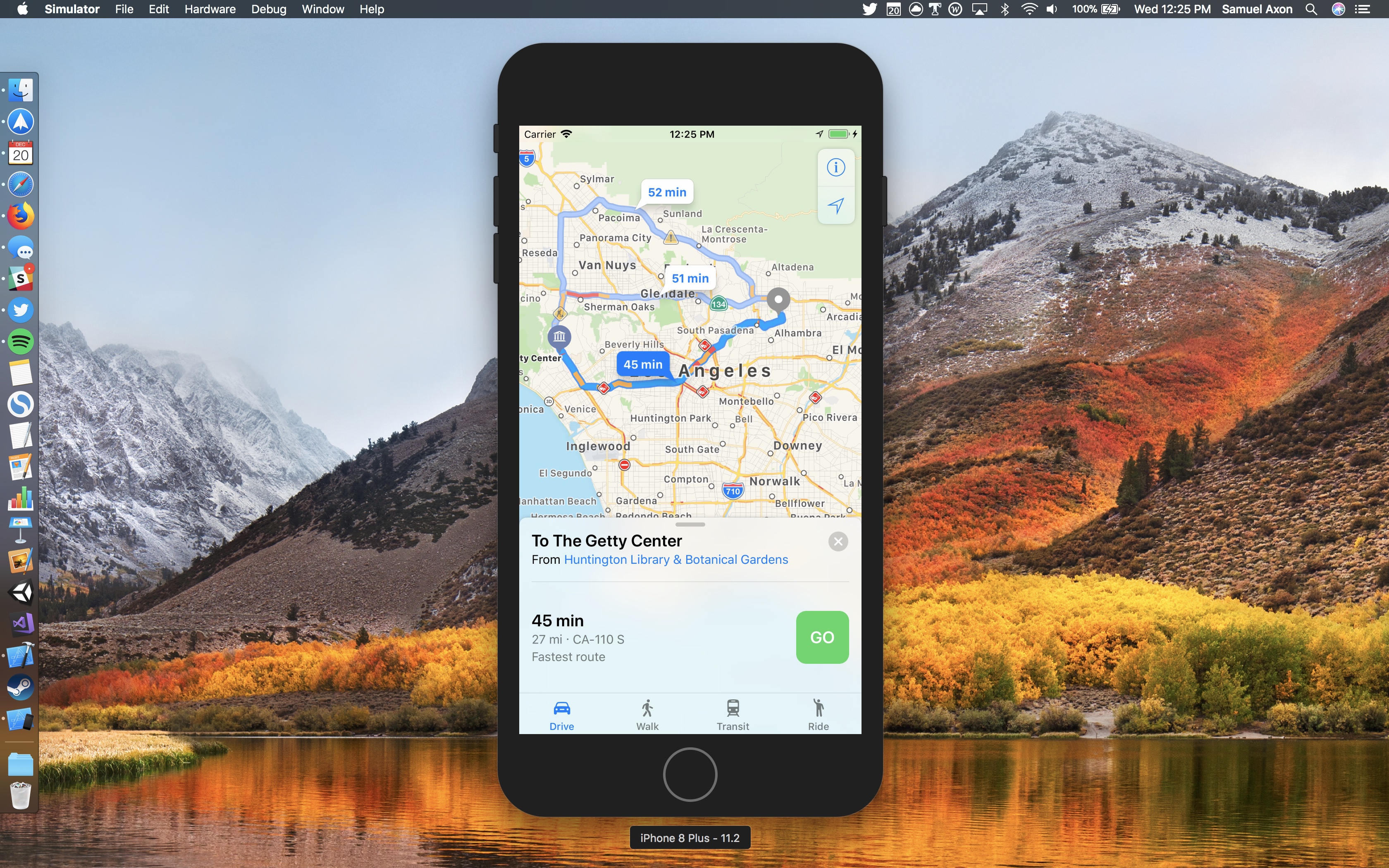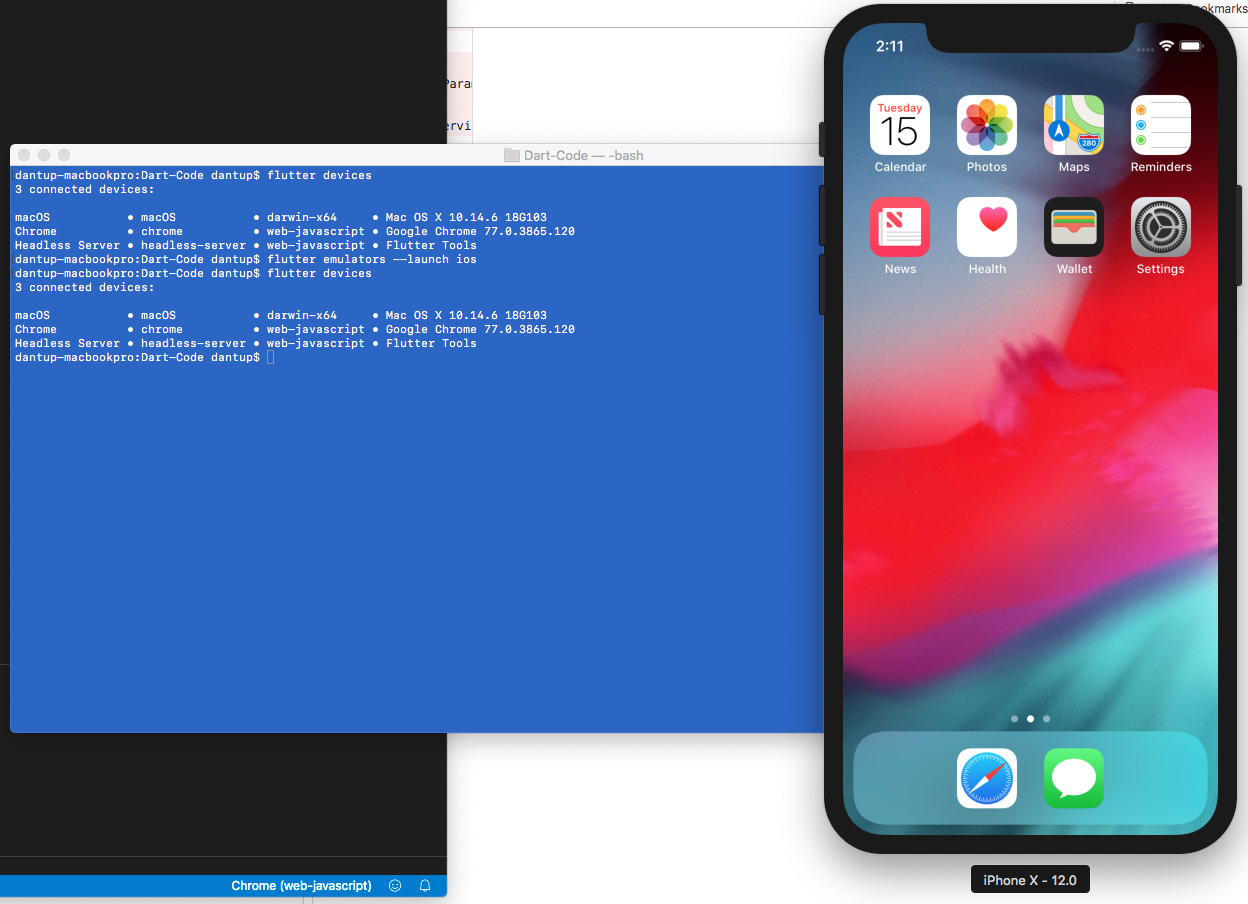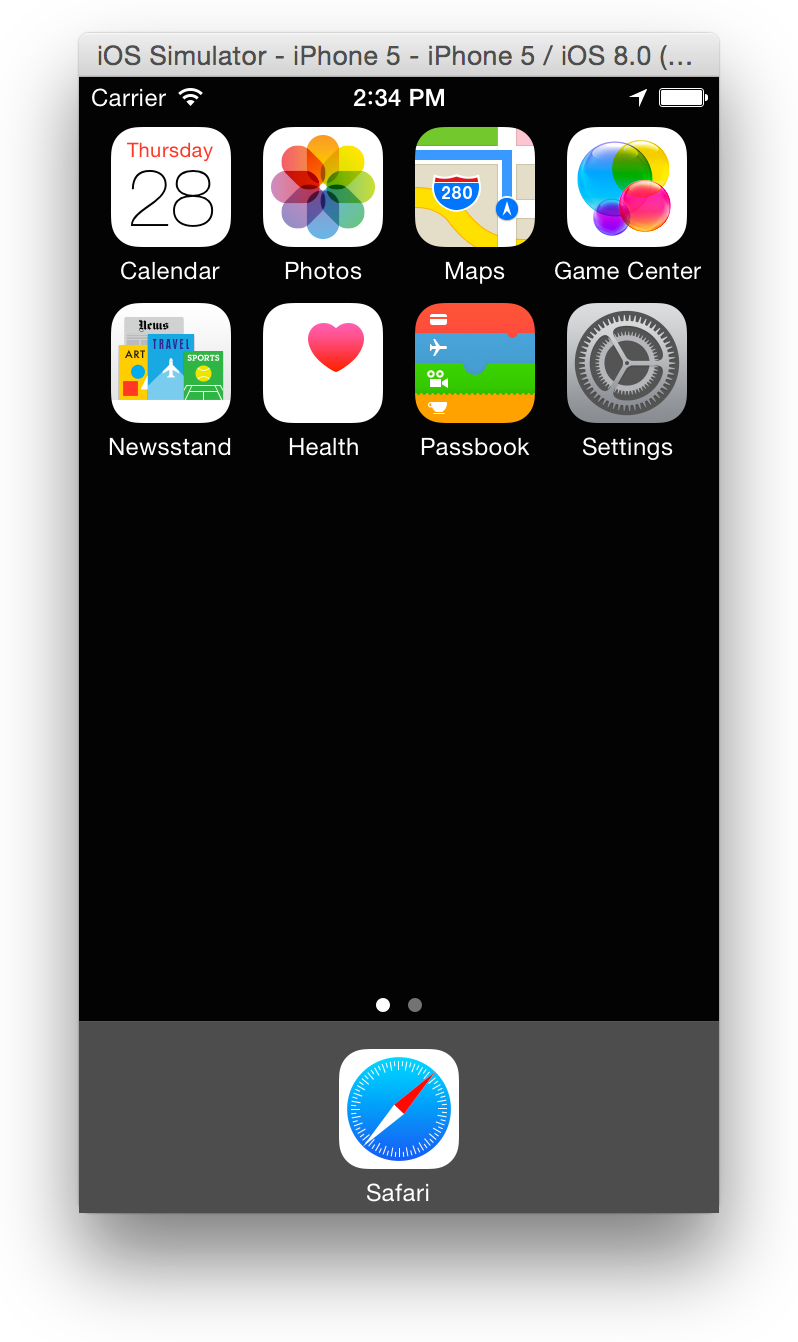Macos Iphone Simulator
Macintosh OS X 10.4 (Tiger) Virtual Desktop. Images for the virtual desktop are now being preloaded into RAM. When this is complete, you will be presented with the desktop and be able to browse all available options without the need for further loading. I have a problem with Xamarin and the iphone simulator running on my new Mac with a clean installation of Mac OS 10.8.3. I have Xcode 4.6.1 and Xamarin Studio 4.0.4 (build 2), and I am deploying the Hello World application from a Windows computer (I have tried this both from a PC and from a Windows installation with Parallels on the Mac).
Online iOS Emulator. This post explains how to use online iOS emulator for react native application development. We are going to use Snack Expo website as online application development editor and also you can see the live result in online emulator as well. However, before buying the Ryzen, I'd like to know if XCode works, if the iOS simulator works, and if I can pass the USB from an iPhone to inside the VM and use in the xcode. Have anyone did that? I couldn't find youtube videos about xcode on KVM, just people doing macOS on KVM. I left some comments but no one replied.
Question or issue on macOS:
iPhone Apps built for the simulator are stored here:
Is it possible to copy the
This would be very useful for testing/demoing with out having to buy iPhones for all the managers and external clients.
How to solve this problem?
Solution no. 1:
Yes, if you send those files to another person, and they put them into that directory, they can test the applications in the iPhone Simulator as well 🙂


Solution no. 2:
I found a way that requires just a little more setup, but is much easier for non-developers:
Instructions for your users/testers:
- Install Xcode following Apple’s instructions
- Double-click the attached application – the iPhone simulator will launch, install the app and start it automatically.
How to set it up:
- Download and unzip (to a folder on your desktop or wherever) ‘Simulator Bundler’ from: http://github.com/landonf/simlaunch/downloads
- Set your XCode build target to the required Simulator configuration (iPad/iPhone/which iOS version)
- Do a ‘Build and archive’
- Find it: select ‘Archived applications’ in the Organizer, right click the relevant build, select “Reveal archived application in Finder”
- Drag the application (yourAppName, no extension) onto the Simulator Bundler app
Done. This will create a self-contained Mac OS X yourAppDisplayName.app file in the same folder (with your app’s icon as the icon) that you can stick up on an FTP server or email to your users/testers.
—
I think it’s much neater/slicker than having to explain where to copy files, how to launch the simulator and so on.. And if anything gets messed up they can just uninstall via the familiar tap-and-hold + (x) gesture in the simulator UI, then double-click the app you sent them again.

You can also produce several of these packages changing the bundle identifier between builds, allowing them to be installed side by side in your testers’ simulators; say for getting some user feedback on different UI designs, or configure one for Production and one for Staging/QA servers, so your content editors can check their changes before they go live or whatever..
Ios Simulator For Mac
The ability to reinstall the app from a desktop icon is also very convenient for localisation testing: launch the simulator, uninstall the app if present, set the required region format and language, double click the icon on your desktop, test; repeat for each required locale. (guarantees a fresh install each time, I’ve found that switching language with the app installed can result in all sorts of strange behaviour)